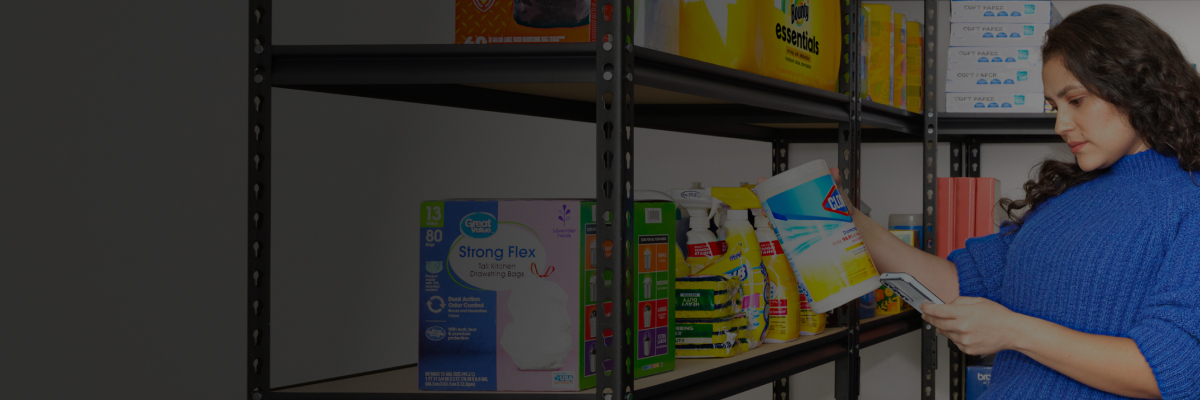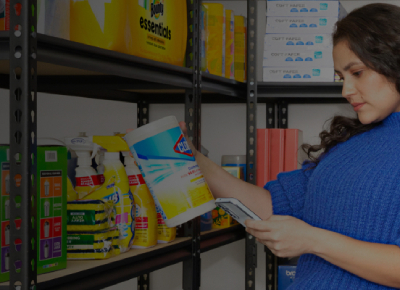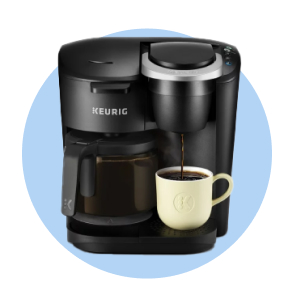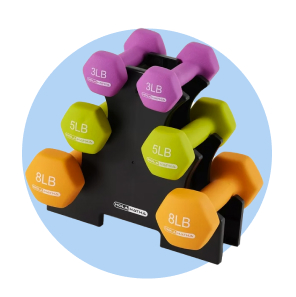
5 Things to Consider Before Investing in Business Security Cameras
Answering these questions will help you determine your needs
Business security cameras are one of the most crucial investments for protecting any company and its on-site employees. That doesn’t mean every business has the same security needs or that all security cameras are equal. Each type of camera has specific features, benefits and drawbacks that make it suitable for distinct industries and business categories. Larger businesses have more square footage to cover, which makes choosing the right cameras even more challenging.
How can you find the solution that best suits your business? You can start by answering five key questions.
What to know before investing in business security cameras

1. What are your security needs?
Every business needs security, but not all of them have identical security needs. Simply putting up cameras without any strategy doesn’t automatically make any location more secure. Think about the parts of your business that would benefit most from having security cameras on hand.
First and foremost, the safety of customers and employees should always be a top priority. Camera coverage should make it easier to address potential threats and hazards to anyone on your premises. Parking lots, store entrances and public areas where people congregate can be safer with security cameras.
It’s also important to secure your property against break-ins and theft. In these cases, it can help to install cameras on storeroom floors, delivery areas and inventory storage. Businesses should also monitor any area where money is stored or changes hands, such as cash registers, ATM machines, safes and security lockers. Assessing your immediate security needs can help you understand your priorities and vulnerabilities across the entire site.

2. How much bandwidth will you need?
The most advanced security systems still have limitations, usually in the form of bandwidth. For business security camera systems, bandwidth refers to the speed and quality of information delivered between devices at any given time. When cameras are spread out across a large property, bandwidth—your system’s capacity to transmit data—becomes an invaluable resource.
Every additional camera connected to a CCTV platform increases the total bandwidth cost, but that’s not the only consideration. Video resolution, room lighting and the distance between cameras all contribute to data degradation or choppy footage. Even using video analytics software to process footage in real time can lead to bandwidth breakdowns.
The good news is that businesses can reduce bandwidth demands in various ways. Using cameras with motion detectors is an excellent start, since inactive cameras will not consume any bandwidth. Storing video in the cloud can also help by limiting communications between cameras and local hard drives. Camera placement and consistent room lighting can also help the system process footage more effectively.
When businesses are intentional about these optimizations, they will spend less time addressing bandwidth and more time resolving security issues.

3. Do the cameras integrate with existing systems?
If your business already has a security system, it doesn’t necessarily need an upgrade—it might just need new cameras. Outside of bandwidth considerations, however, each device must be compatible with your current setup. Interoperability can be a major obstacle for new equipment, especially if you’re buying high-resolution cameras that are newer than the CCTV system.
Prioritizing integration is an excellent way to narrow camera choices while you shop. For example, if you have a wired security system, will the new camera plug into existing fixtures? If it’s a wireless system, will the CCTV system recognize a new transmitter? Is the CCTV software itself compatible with the camera? You’ll need to be able to answer those questions before making a purchase.

4. How much storage do you need?
Typical video security systems for businesses will manage between 16 to 60 security cameras. If you need to record footage from all these cameras, where will you store it? If just one 1080p camera generates 40 gigabytes of storage every business day, a mid-size business will fill 2 terabytes on a regular basis. How much of this footage will you need to keep for a month or more?
As digital video becomes the standard for footage, businesses have a few options. Local hard drives are relatively easy to secure and manage, but they require a dedicated, well-protected room with no public access. On the other hand, cloud storage bypasses local storage, but putting your surveillance footage online creates other complications.
Some industries even have explicit regulations that influence how video is recorded, stored and retrieved. Every business must strike the right balance between its security needs, compliance and cost.

5. What’s the weather like in your area?
It’s one thing to manage security cameras within controlled indoor spaces. It’s another when you’re recording outdoors, where the weather and variable lighting conditions are factors. While you may be able to use the same cameras, some features will be more important in these spaces.
Security cameras and enclosures measure their weatherproofing defenses as Ingress Protection numbers. Using IP65 as an example, the first digit represents dust protection, rated from 1 to 6. The second encompasses water protection, rated 1 to 8. You don’t necessarily need to have the highest possible protection for all cameras—an IP68 camera will function underwater, but won’t necessarily be the best use of your budget. Use IP numbers to provide a reliable context for how cameras perform in different conditions.
Setting aside the weather, outdoor cameras may need to perform in daylight, low light and perhaps even no light. For these cases, you may need to review a business outdoor security camera’s low light and night vision capabilities. It’s also a good idea to review how cameras react to changing light—for example, how will a camera respond if someone turns the light on in a dark room? Since most business break-ins occur at night, these features can be crucial for identifying people in your security footage.
Ready to choose security cameras? Walmart Business can help.
Once you’ve established your security needs, it’s time to choose the right cameras. At Walmart Business, we can help by offering a wide selection of indoor, outdoor and wireless security camera systems for business needs.
If you already have an account with us, upgrade to a Walmart Business+ membership for free shipping,1 free delivery from stores on orders over $352 and 2% back in Walmart Business Rewards for purchases over $250.3 Sign up now for the chance to save over $500 each year!4 Learn more here.


Limited-time offer
Unlock your special promo code
Stay informed on Walmart Business news & get $20 off a $100 purchase!1
1Minimum order of $100. Promo code can be used one time & may not be combined with other offers. Offer not transferable & void where prohibited by law. Customer responsible for all applicable taxes. Offer expires 12/31/2025 at 11:59pm PT. Further restrictions apply. See terms at checkout for details. Promo code offers available in limited quantities. While supplies last.
1 Excludes most Marketplace items, freight and certain location surcharges.
2 Restrictions apply.
3 Rewards can only be used toward future purchases on Walmart Business. Additional terms apply.
4 Savings based on 1 free $35+ delivery order vs. $9.95 fee and 1 free shipping order under $35 vs. $6.99 fee biweekly, plus 2% Walmart Business Rewards on monthly order >$250 (average value of $400).
Exciting news awaits
Hear firsthand about new products, features & promotions.
By clicking submit, you agree to receive emails about Walmart Business and acknowledge you have read and agreed to our Terms of use and Privacy Policy.










